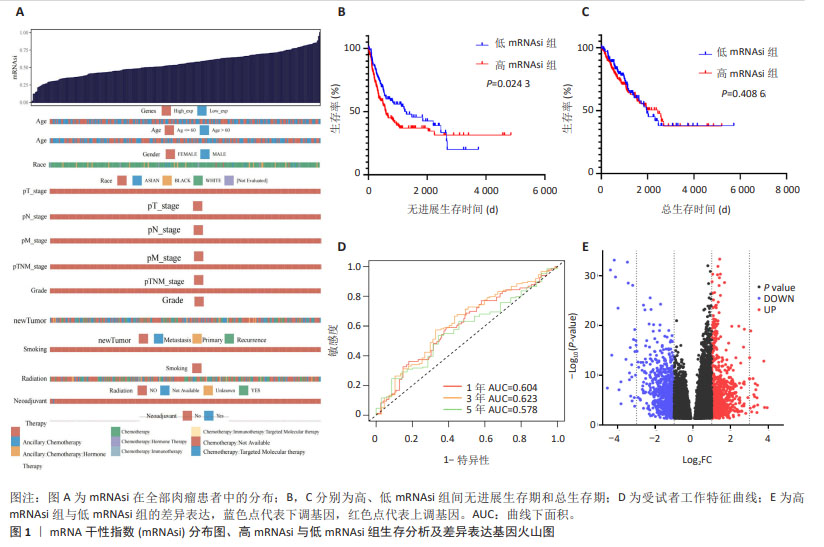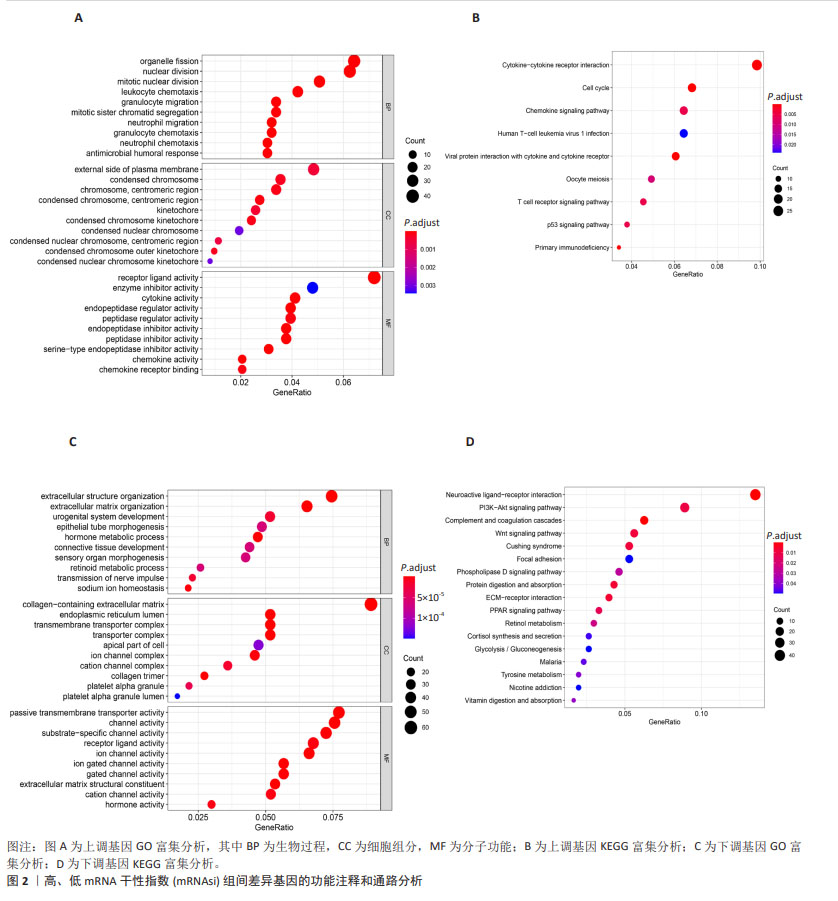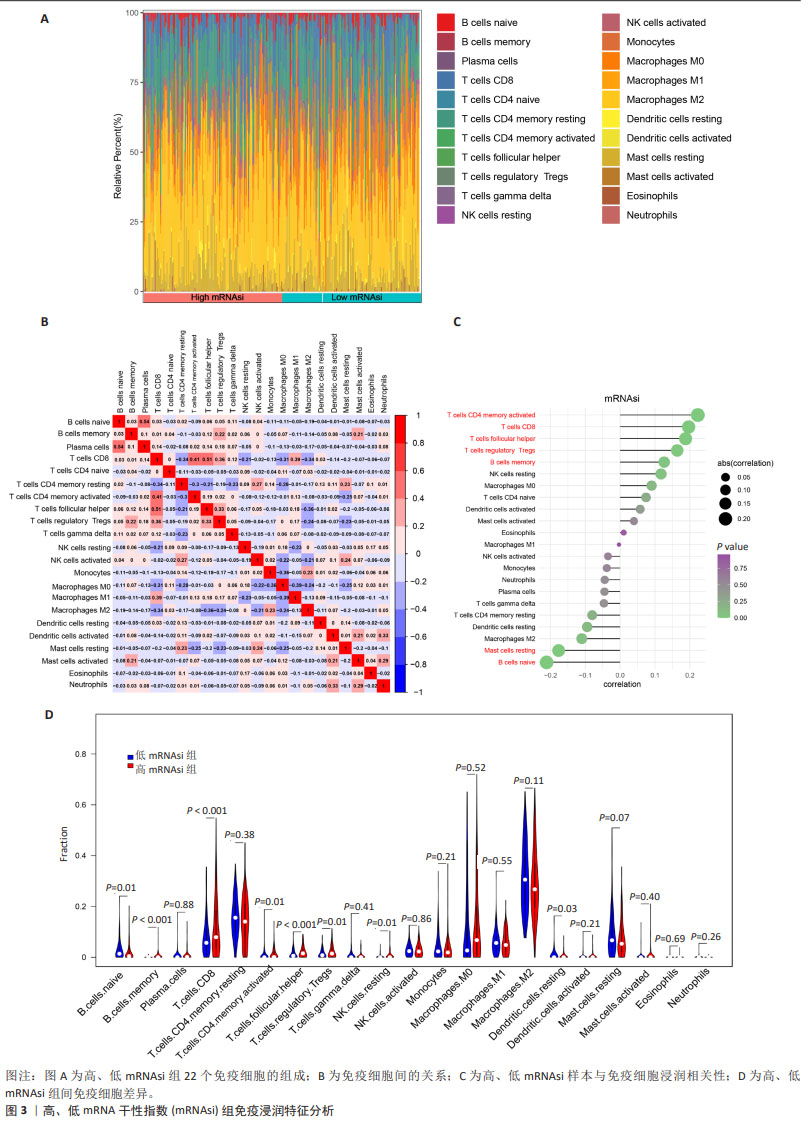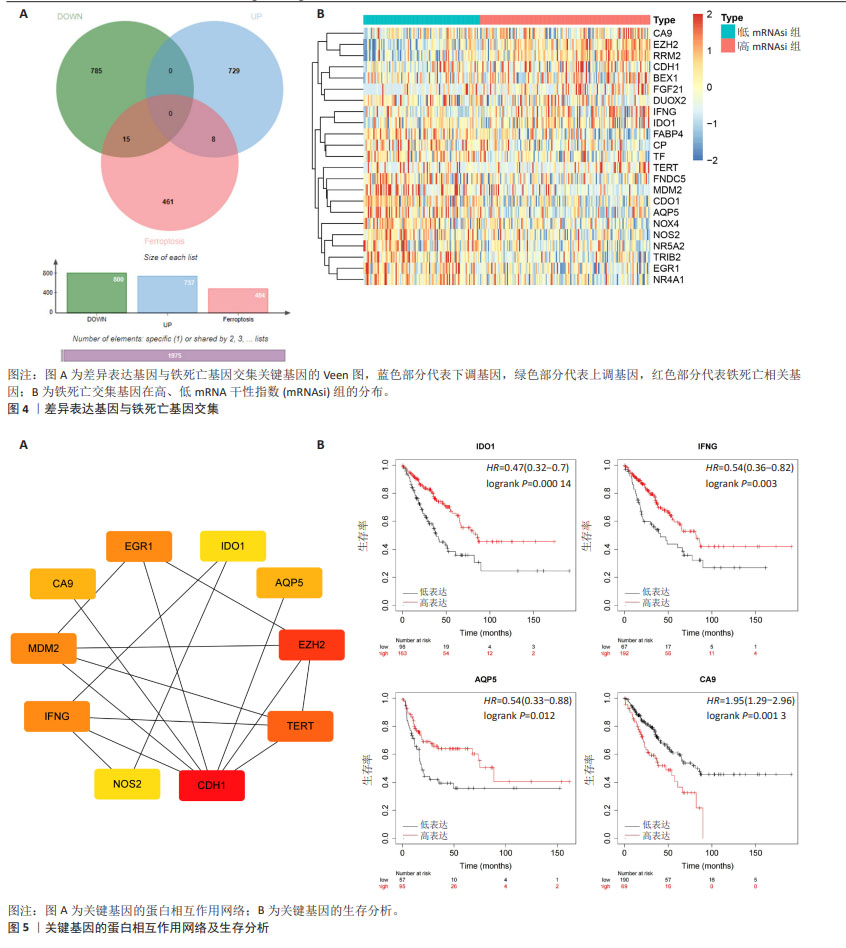[1] DANCSOK AR, ASLEH-ABURAYA K, NIELSEN TO. Advances in sarcoma diagnostics and treatment. Oncotarget. 2017;8(4):7068-7093.
[2] GRÜNEWALD TG, ALONSO M, AVNET S, et al. Sarcoma treatment in the era of molecular medicine. EMBO Mol Med. 2020; 12(11):e11131.
[3] DOS SANTOS RP, ROESLER R, GREGIANIN L, et al. Cancer Stem Cells and Chemoresistance in Ewing Sarcoma. Curr Stem Cell Res Ther. 2023;18(7):926-936.
[4] REYA T, MORRISON SJ, CLARKE MF, et al. Stem cells, cancer, and cancer stem cells. Nature. 2001;414(6859):105-111.
[5] ANDRIQUE C, MORARDET L, LINARES LK, et al. Calpain-6 controls the fate of sarcoma stem cells by promoting autophagy and preventing senescence. JCI Insight. 2018;3(17):e121225.
[6] MALTA TM, SOKOLOV A, GENTLES AJ, et al. Machine Learning Identifies Stemness Features Associated with Oncogenic Dedifferentiation. Cell. 2018;173(2): 338-354.e15.
[7] STOCKWELL BR, FRIEDMANN ANGELI JP, BAYIR H, et al. Ferroptosis: A Regulated Cell Death Nexus Linking Metabolism, Redox Biology, and Disease. Cell. 2017;171(2): 273-285.
[8] WANG Y, ZHAO G, CONDELLO S, et al. Frizzled-7 Identifies Platinum-Tolerant Ovarian Cancer Cells Susceptible to Ferroptosis. Cancer Res. 2021;81(2):384-399.
[9] NI H, QIN H, SUN C, et al. MiR-375 reduces the stemness of gastric cancer cells through triggering ferroptosis. Stem Cell Res Ther. 2021;12(1):325.
[10] ZHANG H, WANG M, HE Y, et al. Chemotoxicity-induced exosomal lncFERO regulates ferroptosis and stemness in gastric cancer stem cells. Cell Death Dis. 2021;12(12):1116.
[11] WANG Z, OUYANG L, LIU N, et al. The DUBA-SLC7A11-c-Myc axis is critical for stemness and ferroptosis. Oncogene. 2023; 42(36):2688-2700.
[12] SIEGEL RL, MILLER KD, JEMAL A. Cancer statistics, 2018. CA Cancer J Clin. 2018; 68(1):7-30.
[13] PANAGI M, PILAVAKI P, CONSTANTINIDOU A, et al. Immunotherapy in soft tissue and bone sarcoma: unraveling the barriers to effectiveness. Theranostics. 2022;12(14): 6106-6129.
[14] ZHENG H, SONG K, FU Y, et al. An absolute human stemness index associated with oncogenic dedifferentiation. Brief Bioinform. 2021;22(2):2151-2160.
[15] GU HY, QU WQ, PENG HH, et al. Stemness Subtypes and Scoring System Predict Prognosis and Efficacy of Immunotherapy in Soft Tissue Sarcoma. Front Immunol. 2022;13:796606.
[16] COSIALLS E, EL HAGE R, DOS SANTOS L, et al. Ferroptosis: Cancer Stem Cells Rely on Iron until “to Die for” It. Cells. 2021;10(11):2981.
[17] CHEN X, ZHANG T, SU W, et al. Mutant p53 in cancer: from molecular mechanism to therapeutic modulation. Cell Death Dis. 2022;13(11):974.
[18] TANG D, CHEN X, KANG R, et al. Ferroptosis: molecular mechanisms and health implications. Cell Res. 2021;31(2):107-125.
[19] JIANG X, STOCKWELL BR, CONRAD M. Ferroptosis: mechanisms, biology and role in disease. Nat Rev Mol Cell Biol. 2021; 22(4):266-282.
[20] CHEN X, KANG R, KROEMER G, et al. Broadening horizons: the role of ferroptosis in cancer. Nat Rev Clin Oncol. 2021;18(5):280-296.
[21] SUN Y, CHEN P, ZHAI B, et al. The emerging role of ferroptosis in inflammation. Biomed Pharmacother. 2020;127:110108.
[22] YANG F, XIAO Y, DING JH, et al. Ferroptosis heterogeneity in triple-negative breast cancer reveals an innovative immunotherapy combination strategy. Cell Metab. 2023;35(1):84-100.e8.
[23] CHEONG JE, SUN L. Targeting the IDO1/TDO2-KYN-AhR Pathway for Cancer Immunotherapy - Challenges and Opportunities. Trends Pharmacol Sci. 2018; 39(3):307-325.
[24] ZHAI L, LADOMERSKY E, LENZEN A, et al. IDO1 in cancer: a Gemini of immune checkpoints. Cell Mol Immunol. 2018;15(5): 447-457.
[25] SHI D, WU X, JIAN Y, et al. USP14 promotes tryptophan metabolism and immune suppression by stabilizing IDO1 in colorectal cancer. Nat Commun. 2022;13(1):5644.
[26] CHIN YC, YANG LX, HSU FT, et al. Iron oxide@chlorophyll clustered nanoparticles eliminate bladder cancer by photodynamic immunotherapy-initiated ferroptosis and immunostimulation. J Nanobiotechnology. 2022;20(1):373.
[27] CHEN S, CRABILL GA, PRITCHARD TS, et al. Mechanisms regulating PD-L1 expression on tumor and immune cells. J Immunother Cancer. 2019;7(1):305.
[28] DYKEMA AG, ZHANG J, CHEUNG LS, et al. Lung tumor-infiltrating Treg have divergent transcriptional profiles and function linked to checkpoint blockade response. Sci Immunol. 2023;8(87):eadg1487.
[29] BENCI JL, JOHNSON LR, CHOA R, et al. Opposing Functions of Interferon Coordinate Adaptive and Innate Immune Responses to Cancer Immune Checkpoint Blockade. Cell. 2019;178(4):933-948.e14.
[30] LI Z, JIANG L, CHEW SH, et al. Carbonic anhydrase 9 confers resistance to ferroptosis/apoptosis in malignant mesothelioma under hypoxia. Redox Biol. 2019;26:101297.
[31] TATARI N, ZHANG X, CHAFE SC, et al. Dual Antigen T Cell Engagers Targeting CA9 as an Effective Immunotherapeutic Modality for Targeting CA9 in Solid Tumors. Front Immunol. 2022;13:905768.
[32] ZHAO R, HE B, BIE Q, et al. AQP5 complements LGR5 to determine the fates of gastric cancer stem cells through regulating ULK1 ubiquitination. J Exp Clin Cancer Res. 2022;41(1):322. |




